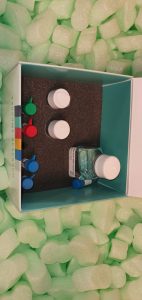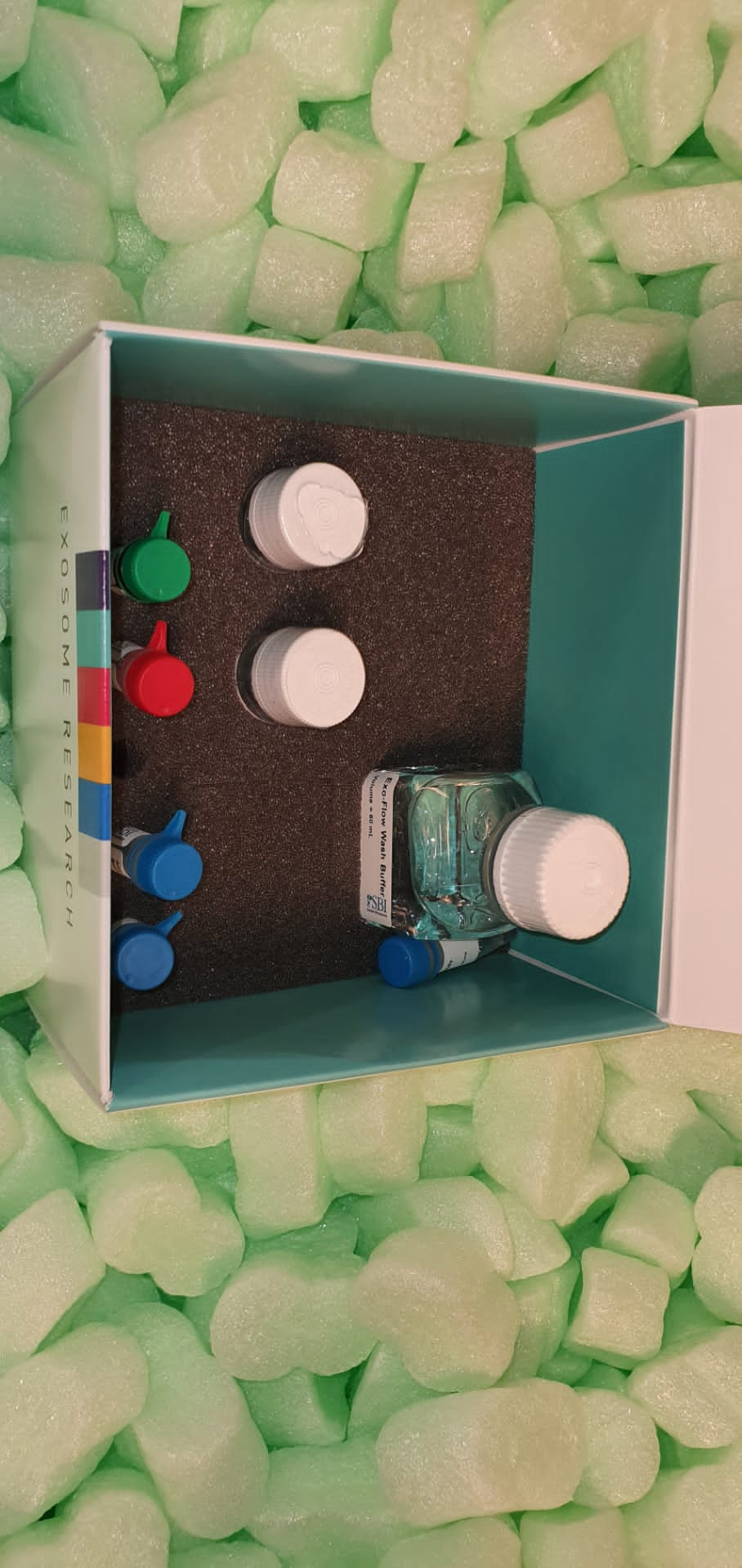This research goals to research the position of miR-495 in neuronal cell apoptosis after acute spinal cord injury (ASCI). The ASCI rat mannequin was established and the Basso, Beattie, and Bresnahan (BBB) rating was assessed. miR-495, PR area containing 5 (PRDM5), and Bcl-2 expressions have been measured by qRT-PCR or western blotting. Neuronal cell line PC-12 was subjected to hypoxia situation to simulate the in vitro ASCI mannequin. PC-12 cell apoptosis was measured by movement cytometry, and the interplay between miR-495 and PRDM5 was confirmed by twin luciferase reporter assay.
Results confirmed that BBB rating was considerably decreased in ASCI rats in contrast with sham rats. miR-495 expression was down-regulated in spinal cord tissue of ASCI rats and hypoxia-induced PC-12 cells, and PRDM5 protein stage was up-regulated in spinal cord tissue of ASCI rats and hypoxia-induced PC-12 cells. miR-495 overexpression may cut back apoptosis of PC-12 cells, and up-regulated anti-apoptosis protein Bcl-2 protein stage.
Moreover, PRDM5 was a goal of miR-495, and mRNA and protein ranges of PRDM5 have been negatively regulated by miR-495. miR-495 overexpression may cut back the hypoxia-induced PC-12 cell apoptosis, whereas PRDM5 overexpression abolished this inhibiting impact. The agomir-495 was injected into ASCI rats, and Bcl-2 protein stage and BBB rating have been elevated, however the PRDM5 overexpression reversed these outcomes. Overall, we concluded that miR-495 may inhibit neuronal cell apoptosis and relieve acute spinal cord injury through inhibiting PRDM5.
Second-Order Orbital Optimization with Large Active Spaces Using Adaptive Sampling Configuration Interaction (ASCI) and Its Application to Molecular Geometry Optimization
Recently, chosen configuration interplay (SCI) strategies that allow calculations with a number of tens of lively orbitals have been developed. With the SCI subspace embedded within the imply area, molecular orbitals with an accuracy akin to that of the whole lively area self-consistent area methodology will be obtained. Here, we implement the analytical gradient concept for the single-state adaptive sampling CI (ASCI) SCF methodology to allow molecular geometry optimization.
The ensuing analytical gradient is inherently approximate because of the dependence on the sampled determinants, however its accuracy was adequate for performing geometry optimizations with giant lively areas. To acquire the tight convergence wanted for correct analytical gradients, we mix the augmented Hessian (AH) and Werner-Meyer-Knowles (WMK) second-order orbital optimization strategies with the ASCI-SCF methodology. We take a look at these algorithms for orbital and geometry optimizations, display functions of the geometry optimizations of polyacenes and periacenes, and talk about the geometric dependence of the traits of singlet ASCI wave features.
First report of Erysiphe corylacearum, agent of powdery mildew, on hazelnut ( Corylus avellana) in Romania
Romania has an space devoted to hazelnut (Corylus avellana L.), protecting 890 hectares as of 2019. During October 2020, powdery mildew signs have been noticed on the higher facet of leaves of hazelnut ‘Tonda di Giffoni’ in two business orchards in Dudeștii Vechi, Romania (Fig. 1). The illness was current on 70% of the bushes in planting, with no less than 5 leaves per tree having powdery mildew. Micromorphological examination revealed amphigenous, hyaline, branched, septate mycelial patches of two.
Three to three.6 μm in diameter. Conidiophores measured 24-60 × 5-6 (common: 45 × 6) μm and consisted of erect, cylindrical to flexuous foot cells, adopted by 1-2 shorter cells. Ellipsoid, ovoid to doliform conidia have been produced singly and they measured 19-35 × 16-24 (common: 28 × 19) μm. Chasmothecia have been spherical, 75 to 107 (common: 88) μm in diameter. Nine to 13 straight, generally flexuous, appendages measured 54 to 92 (common: 66) μm in size and that they had 5 occasions dichotomous branched apices with curved suggestions (Fig. 2). Each chasmothecium contained three to 5 ellipsoid, ovoid to subglobose asci measuring 41-58 × 29-55 μm (common 52 × 43) μm.

The asci contained 4 to eight ascospores measuring 13-24 × 11-15 (common 18 × 14) μm. Morphological identification was confirmed by sequencing the ITS-region of rDNA utilizing two isolates from leaves, saved as frozen mycelium at -20°C. PCR was carried out with Erysiphales-specific primer pair PMITS1/PMITS2 (Cunnington et al. 2003). The obtained sequences have been deposited in GenBank (Accession n° MW423075, MW423076).
Blast evaluation of each sequences had 100% identification to ITS rDNA sequences of Erysiphe corylacearum from Azerbaijan (Abasova et al. 2018; Accession n° LC270863), Turkey (Sezer et al. 2017; KY082910), Switzerland (Beenken et al. 2020; MN82272), Iran (Arzanlou et al. 2018; MH047243), Italy (Mezzalama et al. 2020; MW045425) and 99% identification from Georgia (Meparishvili et al. 2019; MK157199).
The sequences had a decrease % identification (83%) to Phyllactinia guttata (Accession n° AB080558) (Fig. 3). Pathogenicity was verified on one-year-old vegetation of C. avellana ‘Tonda di Giffoni’, which have been artificially inoculated with a conidial suspension from contaminated leaves (n = 25). Inoculated vegetation have been incubated at 20 to 28°C with 70 to 80% relative humidity.
White mycelium appeared on the higher floor of the leaves at eight to 10 days after inoculation. No signs have been discovered on management vegetation sprayed with sterile water. The fungus current on inoculated leaves was morphologically an identical to the unique isolates from diseased bushes from the sector. E. corylacearum is native to East Asia and was beforehand reported in Japan on wild species of Corylus (Takamatsu et al. 2015; Accession n° LC009928).
The pathogen more than likely unfold into Europe from east to west of Europe (Heluta et al. 2019), through the Caucasus, ranging from Turkey, Azerbaijan, Georgia, and Iran. P. guttata was thought of the one causal agent of powdery mildew on hazelnut in most international locations, together with Romania (Brown 1995). Compared to P. guttata, which typically develops a mycelium on the underside of leaves, E. corylacearum grows with a white mycelium on the higher facet of the leaves.
[Linking template=”default” type=”products” search=”TNN antibody” header=”3″ limit=”116″ start=”4″ showCatalogNumber=”true” showSize=”true” showSupplier=”true” showPrice=”true” showDescription=”true” showAdditionalInformation=”true” showImage=”true” showSchemaMarkup=”true” imageWidth=”” imageHeight=””]
Recently, E. corylacearum on C. avellana was reported additionally in Ukraine (Heluta et al. 2019), from which it may have moved to Romania. Crop safety methods for hazelnut must be revised in line with the brand new pathogen prevalence.

